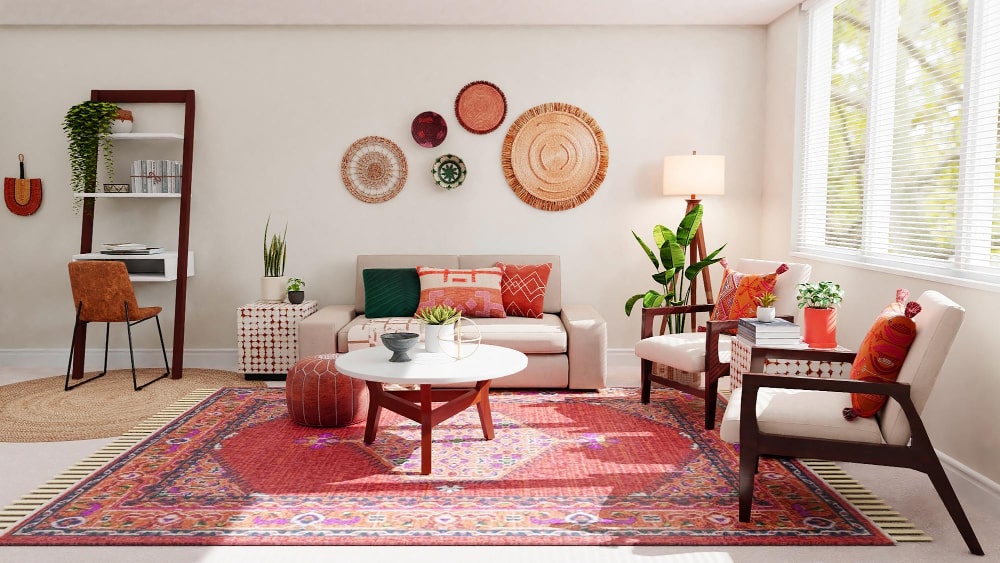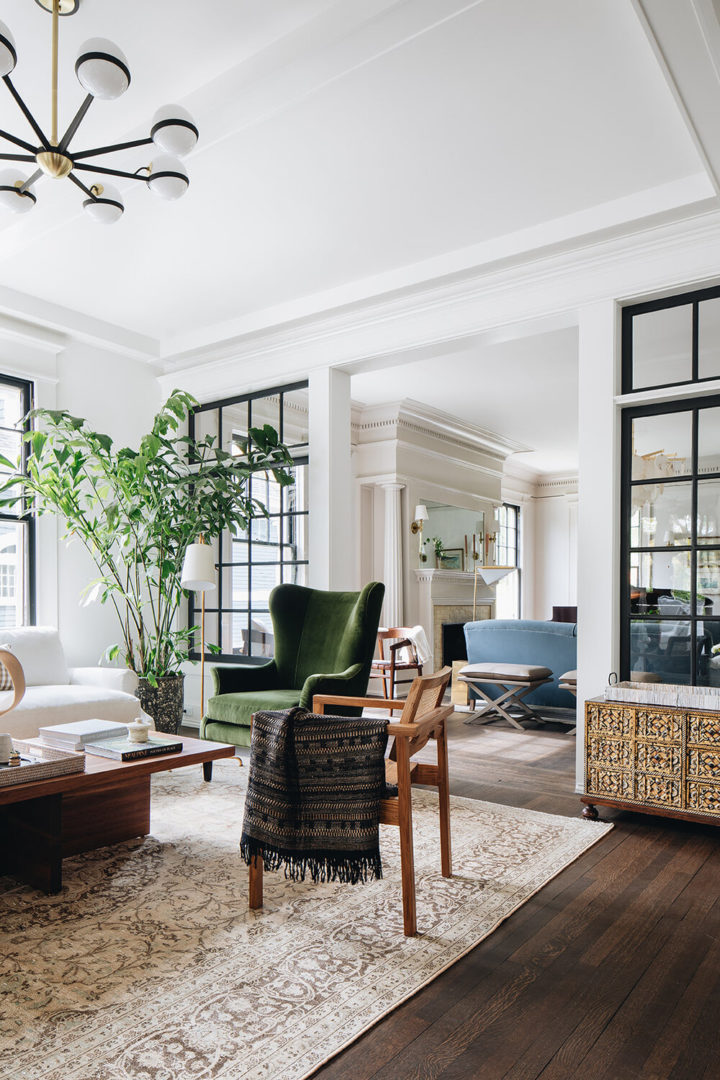A leading Architecture Firm crafts innovative and functional designs.
A leading Architecture Firm crafts innovative and functional designs.
Blog Article
Change Your Home With Important Principles of Interior Decoration and Aesthetic Appeals
The art of changing your home via the crucial concepts of indoor layout and appearance needs a thoughtful technique that balances color, balance, and spatial awareness. By understanding the impact of color theory and the significance of appearance and patterns, one can develop rooms that are not just aesthetically attractive but also deeply individual. Attaining this stability entails greater than simple decoration; it encompasses a strategic setup and an eager understanding of exactly how each element interacts within a room. As we check out these foundational concepts, take into consideration just how they may redefine your understanding of home and personal expression.
Comprehending Color Concept
Color concept is a fundamental facet of interior layout that substantially influences state of mind, perception, and general aesthetic. Comprehending the principles of color concept enables developers to create rooms that resonate mentally with occupants while satisfying useful demands (miami luxury interior design). Shades can be categorized right into 3 main kinds: primary, additional, and tertiary. Each group plays an important duty in establishing harmony within a room.
The mental effect of shades is extensive; cozy shades such as reds and oranges evoke power and heat, while cool tones like blues and eco-friendlies promote peace and peace. The usage of corresponding shades boosts aesthetic passion, creating striking contrasts that can elevate a room's appeal.
Neutral colors, on the other hand, work as a versatile backdrop, allowing other style aspects to radiate. It is vital to think about elements such as illumination and the space's function when selecting a color palette, as these can modify the assumption of shades throughout the day.
Inevitably, a well-considered color pattern can transform a space, fostering a feeling of convenience and design that lines up with the residents' preferences. Proficiency of shade theory is, for that reason, an important skill for any kind of indoor designer aiming to develop unified and inviting settings.
Attaining Balance in Design
Just how can designers attain a sense of equilibrium in their areas? Achieving equilibrium in design is essential to developing harmonious insides.
Asymmetrical equilibrium, on the other hand, counts on differing components that still achieve a natural look. This technique allows for more vibrant and informal plans, giving rate of interest while keeping equilibrium. By meticulously selecting differing dimensions, colors, and appearances, designers can produce an aesthetically compelling area that really feels balanced yet energetic.
Radial equilibrium stresses a central focal point with components emitting outside. This design is generally seen in circular designs, where furnishings and style create a cohesive surround that attracts the eye internal.
Ultimately, achieving balance needs thoughtful factor to consider of range, percentage, and the relationships between elements. interior design firms. By skillfully applying these balance principles, designers can change areas right into settings that really feel both cosmetically pleasing and functionally unified, boosting the total experience for occupants
Importance of Spatial Awareness

A keen sense of spatial awareness enables designers to determine focal factors within a space, assisting the visitor's focus to key features while maintaining an overall sense of unity. It also aids in the strategic placement of lighting, which can significantly influence the perception of space and mood. Furthermore, understanding spatial relationships enables the designer to deal with the certain requirements of occupants, guaranteeing that each area offers its intended purpose without compromising visual appeals.
Ultimately, spatial recognition is critical for making best use of the possibility of any indoor area. By thoroughly considering the interaction between dimensions, format, and function, developers can produce environments that not just meet sensible demands but additionally evoke a feeling of comfort and elegance, improving the total living experience.
Integrating Appearance and Patterns
Accepting a varied variety of appearances and patterns can substantially enhance the visual and responsive appeal of an indoor space. The calculated use of different products-- such as wood, steel, fabric, and stone-- develops depth and rate of interest, making a room feel useful source extra inviting and vibrant. As an example, combining smooth surface areas with harsh textures can develop an equilibrium that draws the eye and engages the detects.
When incorporating patterns, think about both range and rep. Large patterns can see this act as centerpieces, while smaller sized, subtle designs can match various other components without frustrating the space. Layering patterns, such as pairing floral pillows with candy striped throws, includes intricacy and a sense of harmony if performed attentively.
It is likewise vital to preserve a cohesive shade combination, making sure that structures and patterns collaborate as opposed to complete for focus. By choosing a few essential textures and patterns, you can develop a linked visual that shows your personal design while improving the general ambiance of the area. Eventually, the cautious incorporation of these components can change a mundane room right into an advanced environment abundant with character and heat.
Customizing Your Space
Developing an area that reflects your individuality is crucial to achieving a truly welcoming environment. Customization in interior decoration permits you to infuse your unique design and interests right into your home, transforming it from a plain shelter right into a haven that talks to who you are. Begin by selecting a shade palette that resonates with your feelings-- vibrant shades can energize, while soft tones use tranquility.
Integrate artwork and decoration that mirror your enthusiasms, whether it be traveling, nature, or abstract concepts. Presenting personal collections, such as books, pictures, or souvenirs, can stimulate valued memories and produce focal factors within a room. Furthermore, take into consideration personalizing useful pieces, like upholstered furniture, to line up with your visual preferences.

Final Thought
In verdict, the change of a home with the crucial principles of interior style and visual appeal requires a thorough understanding of shade theory, balance, spatial understanding, structure, and customization. Each component adds significantly to creating a harmonious and practical living atmosphere - miami interior design. By thoughtfully integrating these principles, individuals can enhance the visual appeal and emotional resonance of their spaces, ultimately fostering a home that reflects unique identities while offering comfort and practicality
Report this page